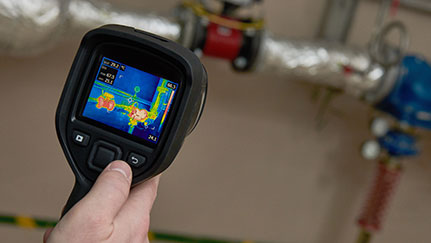Farm & agribusiness resources
Thermal imaging provides a sixth sense
Save 15% on an infrared thermal imaging system
Nationwide customers receive 15% discount on Teledyne FLIR infrared thermal imaging systems. To learn more about this discount, contact Nationwide at RMSolutions@nationwide.com or 800-260-1356.
For assistance with selecting the right camera for your needs, contact Teledyne FLIR at NationwideOffer@teledyne.com or 866-477-3687.
Get more information
Learn more about Nationwide agribusiness insurance.
